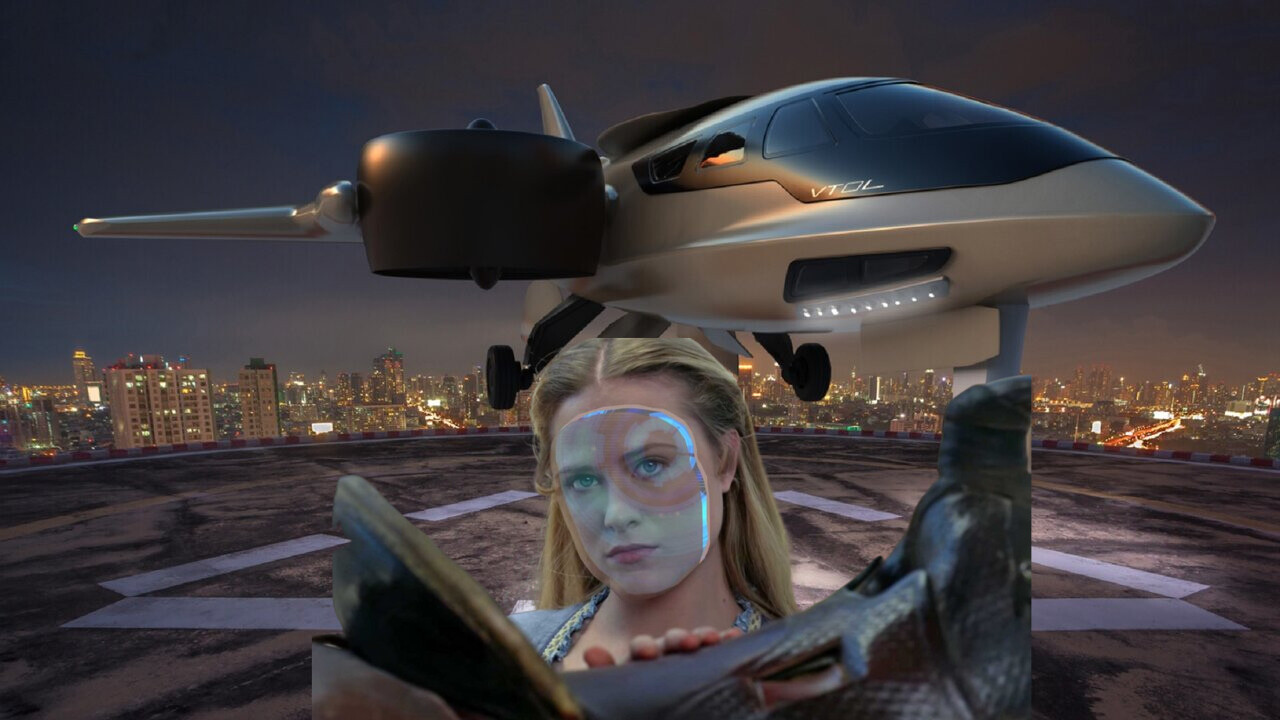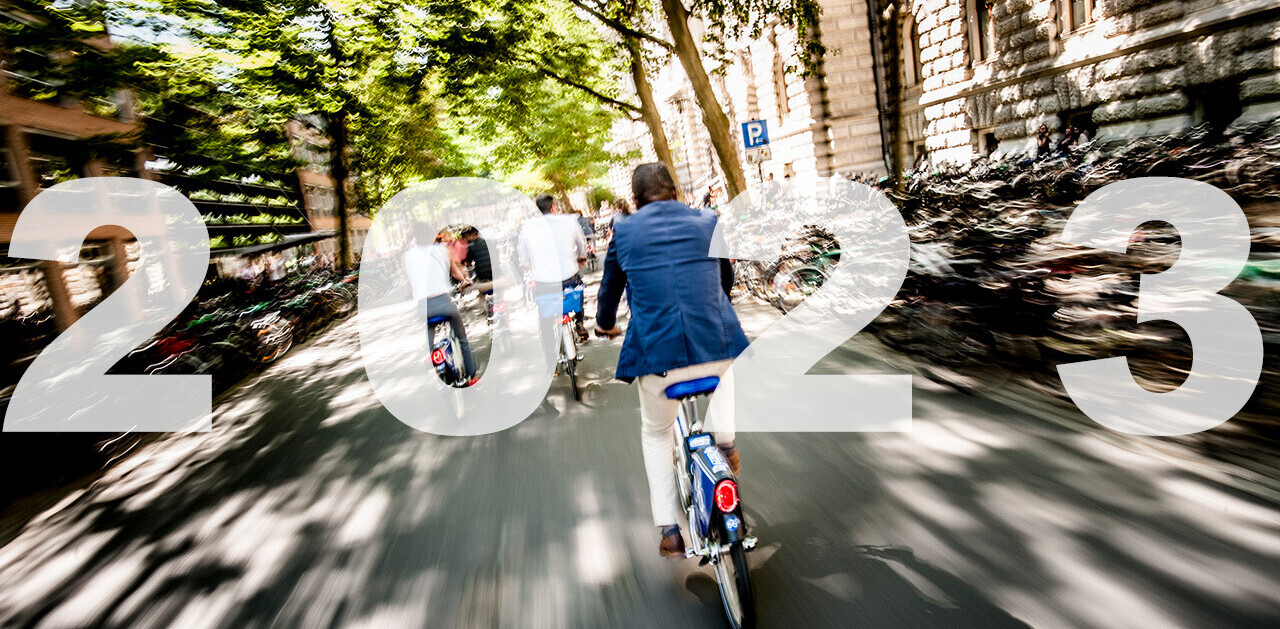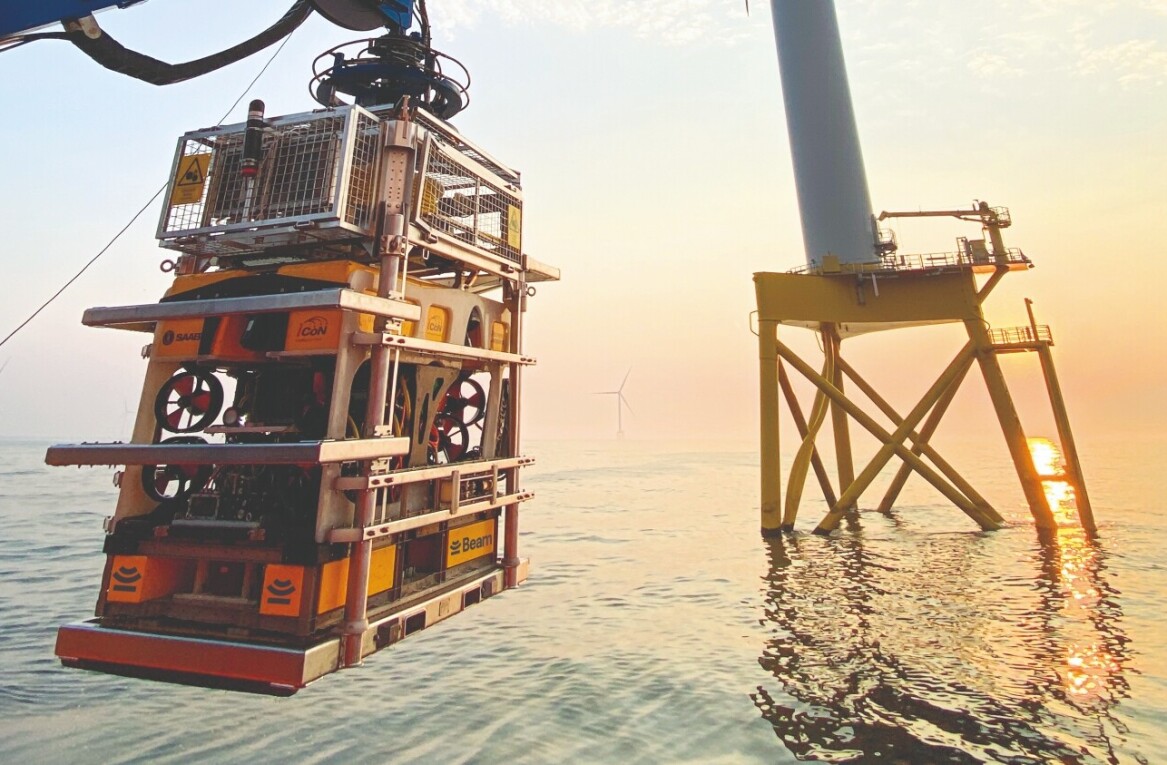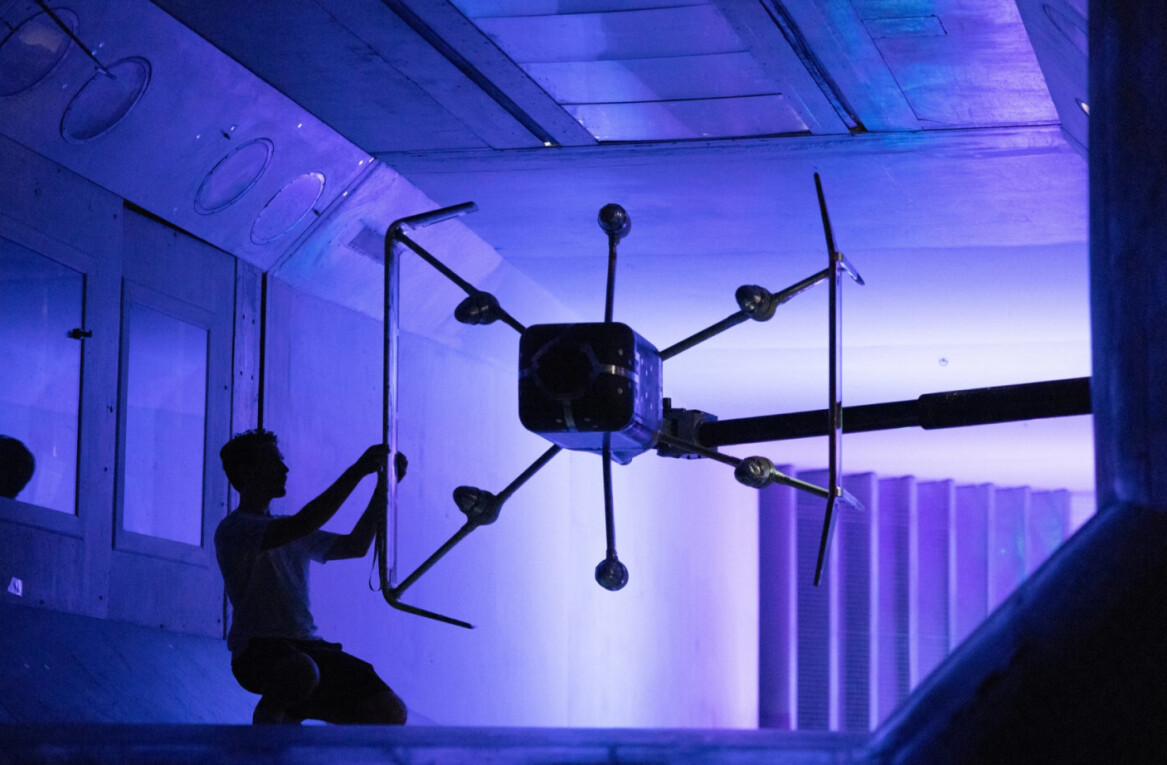
Before the pandemic, a typical commute may have involved choosing between walking, driving or taking public transit Ride-sharing apps have also allowed us to request rides in a shared car, on a bike or even using a scooter.
Walking might involve a journey that begins on a residential street and travels through bustling commercial strips, past cyclists and delivery drivers that would need to be dodged and manoeuvering through busy intersections.
The pandemic altered the commute for most and changed our experience of moving through cities. Municipalities have been installing bike lanes, reducing car lanes and parking, widening sidewalks and green spaces, and creating space for electric cars.
If these changes were possible in such a short period of time, what could happen with decades of changing streets? Would public transit still exist? And what would it look like?
The next generation
The way we commute has already started to change. With next generation transportation projects, public transportation is becoming more efficient by employing self-driving buses and trains and installing automatic card-ticketing systems.

Futuristic public transportation projects explore transforming cities into smart cities, addressing security and privacy concerns, creating new technical standards and piloting smart city projects, like the proposed artificial intelligence-powered campus in Chongqing, China.
Science fiction storytelling has constantly envisioned the cities and urban life of the future. Classics like Blade Runner and Ghost in the Shell contain prescient representations of the future as imagined at the time. China’s social credit system echoes the mass surveillance system in George Orwell’s 1984.
Urban futures
In the science fiction TV series Altered Carbon and Westworld, urban backdrops form a significant part of the shows’ depiction of the future. Futuristic cities are represented as densely populated, with skyscrapers towering above busy, narrow streets.
In Altered Carbon, the streets are reminiscent of lively pedestrian night markets filled with merchant stalls. Rich urban residents live above the clouds in ultra-luxurious highrises and use the skies to literally fly above the common folk.
In the televised HBO series Westworld, homes are managed by an artificial intelligence that adjusts the house’s environment to the inhabitants’ needs, functions as a security system, and even doles out advice to its residents. Outside, holographic advertisements can be seen with the use of smart contact lenses that augment the streetscape with hidden content.
In Westworld, there are electric self-driving vehicles for citizens and self-driving luxury drones for the rich. Smart lenses have replaced smartphones, and shopping is also hyper-real with smart mirrors that remove the need to physically try on clothes. These technologies — smart lenses, smart mirrors and enhanced environments — already exist.
Inclusive futures
So, what would a typical commute look like in the future? Imagine leaving the house with a self-flying drone that takes you to the main street to catch a flying bus. You check the news on your smart contact lens.
You reach your stop and while walking the final steps to your destination notice something in a store window. You approach it and see how it looks on you, purchase it instantly and have it delivered to your home immediately.
Buses and cars zoom by at high speeds, yet there are no collisions because sophisticated AI controls everything.
The streetscape is no longer one layer, but many intertwining passageways at different low altitudes. Parks and open green areas scale vertically, creating smaller and privatized pockets of greenery within highrise structures.
Cities have become the centres for the development and applications of digital technology and creating the city of the future will not be without challenges, such as those of affordability, social cohesion, equity and climate change.
Marginalized groups must be part of the process in designing this future. The question then remains who will design this future — private companies or the public sector? Planners, designers and governments must be able to keep up with the rapidly changing technologies that can shape our world for better or for worse.
This article by Burcu Olgen, Fatima Mehrzad, Negarsadat Rahimi, and Sara El Khatib, PhD Students in Design and Computation Arts, Concordia University, is republished from The Conversation under a Creative Commons license. Read the original article.
Get the TNW newsletter
Get the most important tech news in your inbox each week.





